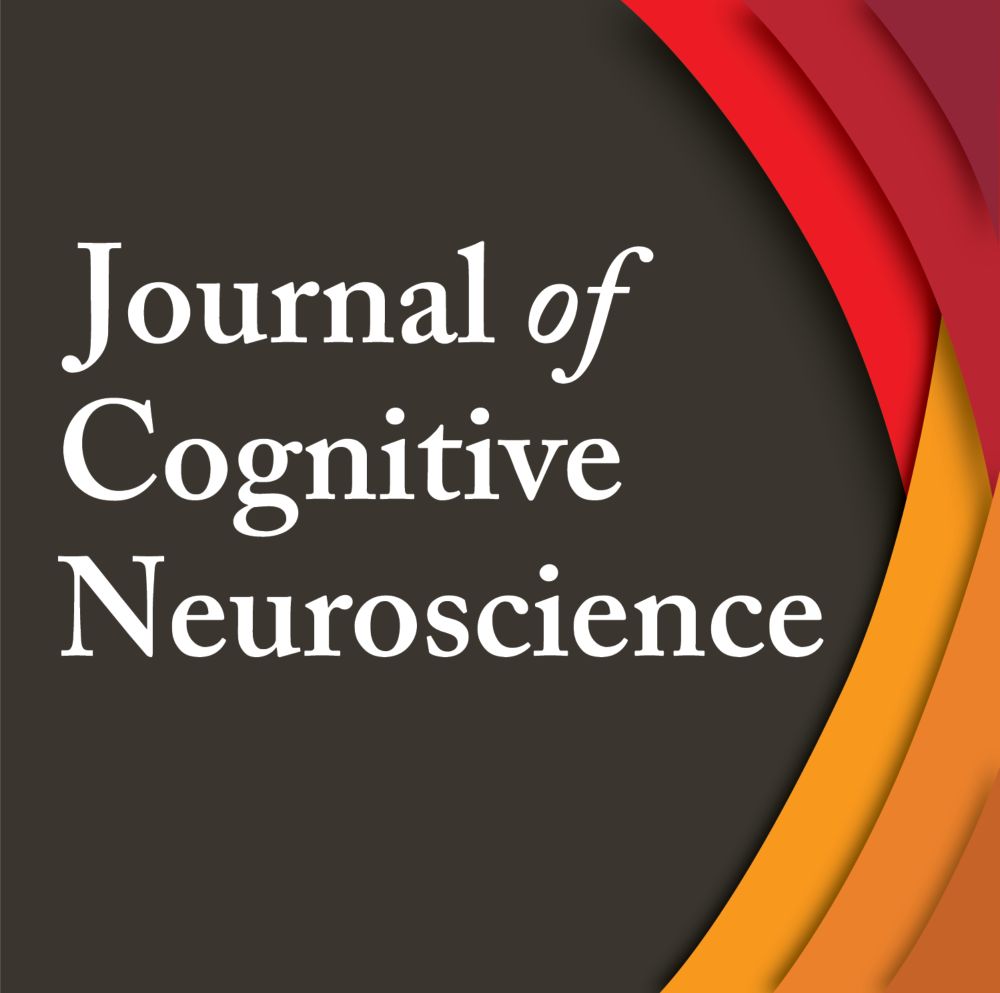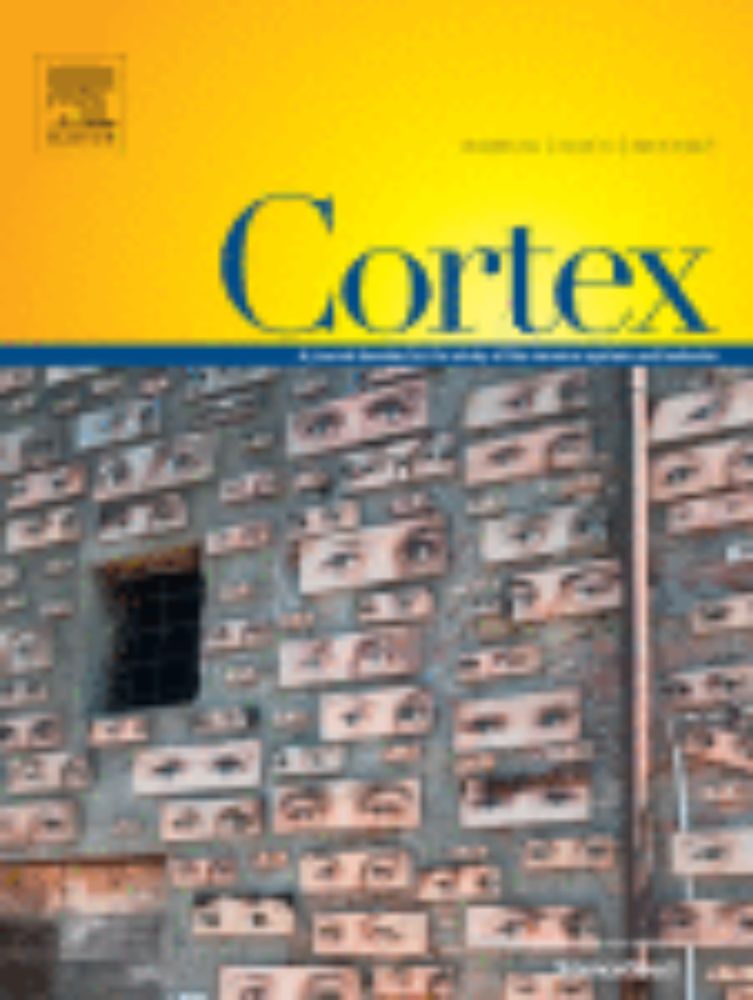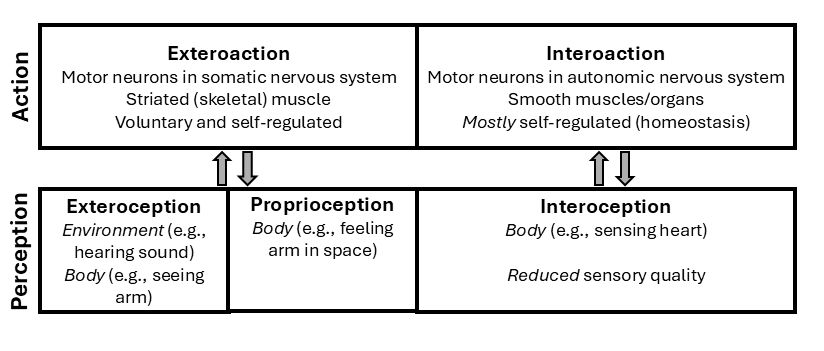CAPLAB
@caplab.bsky.social
52 followers
48 following
12 posts
Cognitive & Affective Psychophysiology Laboratory (CAPLAB) at Ghent University, led by Gilles Pourtois: https://www.cap-lab.be/
Posts
Media
Videos
Starter Packs
Reposted by CAPLAB
#EEGManyLabs
@eegmanylabs.bsky.social
· Aug 20

One hundred years of EEG for brain and behaviour research - Nature Human Behaviour
On the centenary of the first human EEG recording, more than 500 experts reflect on the impact that this discovery has had on our understanding of the brain and behaviour. We document their priorities...
dx.doi.org
Reposted by CAPLAB
CAPLAB
@caplab.bsky.social
· Jun 18

Perceptual Decoupling Underlies Internal Shielding Benefit during Switches between External and Internal Attention: Evidence from Early Sensory Event-related Potential Components
Abstract. People need to often switch attention between external and internal sources of information, that is, external and internal attention, respectively. There has been a recent surge of research ...
direct.mit.edu
Reposted by CAPLAB
CAPLAB
@caplab.bsky.social
· Jun 1

Electrophysiological evidence for flexible adjustments in cognitive control depending on feedback’s contingency
Cognitive control is a fundamental ability that enables to detect and resolve conflict. However, this ability is not encapsulated but liable to learni…
www.sciencedirect.com
Reposted by CAPLAB
Jim Cavanagh
@jimfcav.bsky.social
· May 13
Reposted by CAPLAB
CAPLAB
@caplab.bsky.social
· Jan 12

Revisiting the electrophysiological correlates of valence and expectancy in reward processing – A Multi-lab replication
Two event-related brain potential (ERP) components, the frontocentral feedback-related negativity (FRN) and the posterior P300, are key in feedback pr…
www.sciencedirect.com
Reposted by CAPLAB
Reposted by CAPLAB
Davide Gheza
@davideghez.bsky.social
· Jan 6
Reposted by CAPLAB
Reposted by CAPLAB
CAPLAB
@caplab.bsky.social
· Dec 1

Hypervigilance strikes a balance between external and internal attention: behavioral and modeling evidence from the switching attention task - Psychological Research
Hypervigilance involves increased attentional scanning of the environment to facilitate the detection of possible threats. Accordingly, this state is mostly bound to external attention and as a coroll...
link.springer.com








